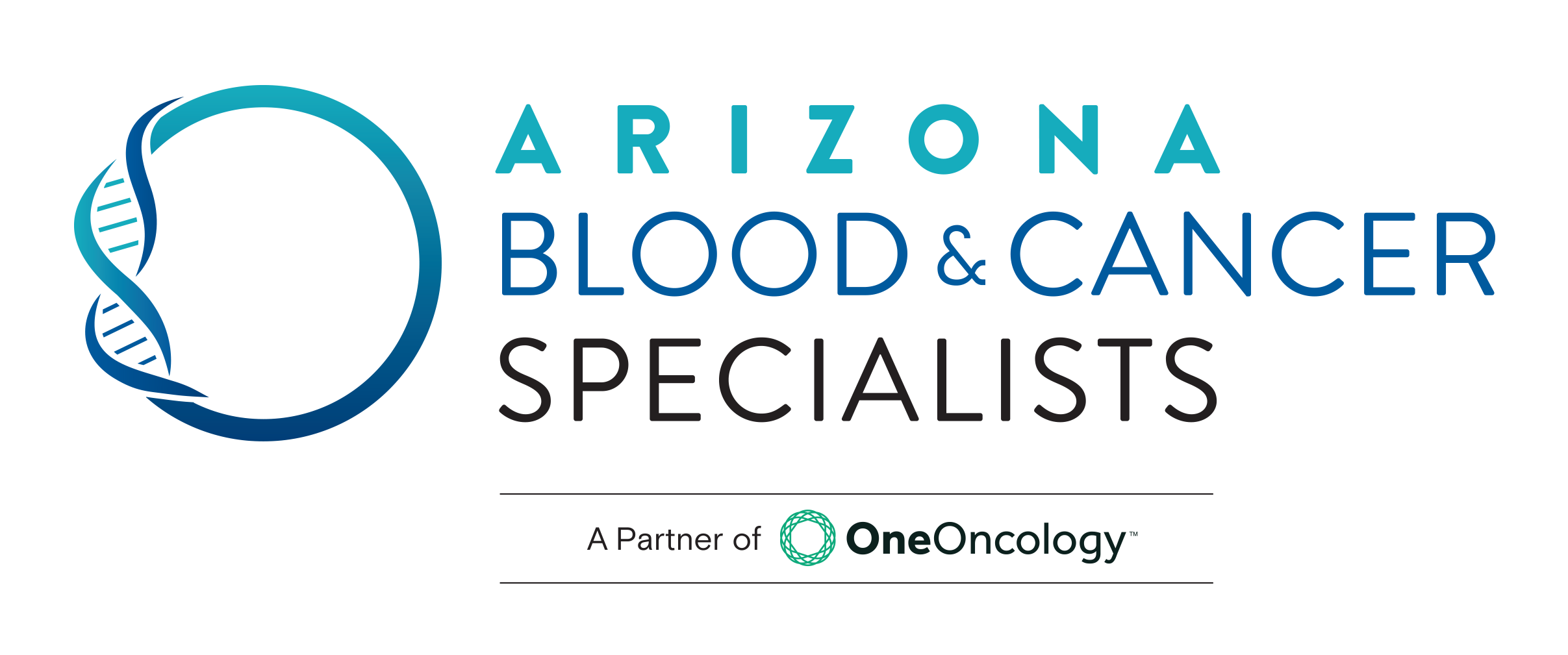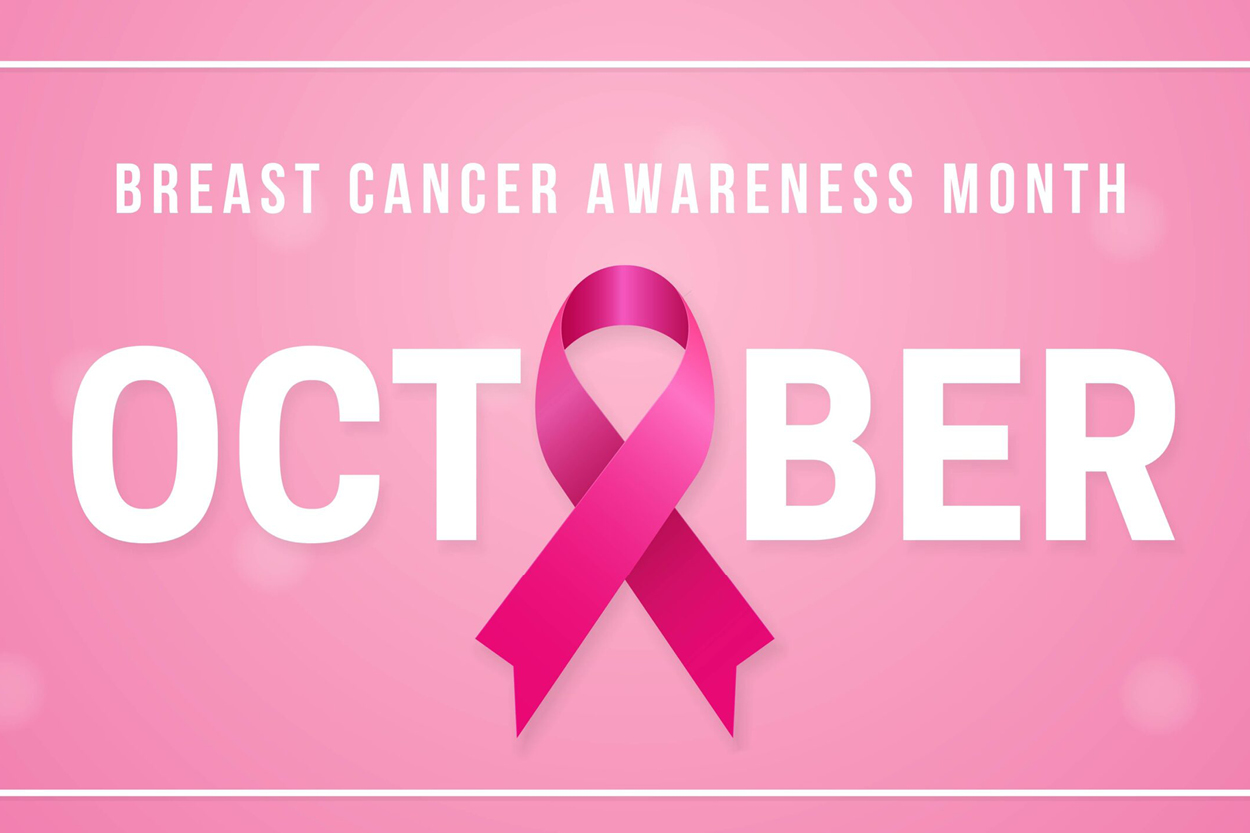Breast Cancer Awareness Month
Breast Cancer Awareness Month is a time to emphasize the importance of early detection and self-care. While mammograms are essential for breast cancer screening, a regular breast self-exam can also play a crucial role in your health. At Arizona Blood & Cancer Specialists, we're committed to raising awareness about breast cancer and providing you with the knowledge to take control of your well-being.
The Power of Self-Exams:
A breast self-exam is a simple yet powerful tool that allows you to monitor changes in your breasts from the comfort of your home. Regular self-exams help you become familiar with the normal look and feel of your breasts, making it easier to detect any unusual changes.
It's important to note that breast self-exams do not replace mammograms, which are the gold standard for breast cancer screening. However, self-exams can complement mammograms by helping you notice any new developments that should be brought to your doctor's attention.
How to Perform a Breast Self-Exam:
Visual Exam in Front of a Mirror:
Stand in front of a mirror without a shirt or bra, arms at your sides.
Examine both breasts closely for:
- Changes in shape, size, or symmetry
- Swelling
- Dimpling or puckering of the skin
- Abnormal nipple changes (redness, soreness, scaliness)
- Inverted nipples (nipple turned inward)
- Nipple discharge
- Lumps near your underarms
Raise your arms above your head and repeat the visual inspection.
Place your hands on your hips, flex your chest muscles, and look for the same changes.
Manual Exam:
Perform this exam either in the shower or lying down on a flat surface.
Use your right hand to check your left breast and vice versa.
Keep your fingers flat and together.
Apply a firm but gentle touch with the pads of your three middle fingers.
Move your fingers in a circular motion or up and down while covering all breast areas, underarms, and spaces in between.
Vary the pressure: light for surface tissue, firm for the area near your ribs and chest, and medium for the tissue in between.
Squeeze your nipples to check for discharge or lumps.
When to Perform a Breast Self-Exam:
Regularity is key, so aim for a self-exam about once a month. If you menstruate, the optimal time is the week after your period ends when breast tenderness is at its lowest due to hormonal fluctuations. If you're not menstruating, any day of the month is suitable.
What to Do if You Find a Lump:
Discovering a lump during a self-exam can be concerning, but it's essential not to panic. Many breast lumps are benign and unrelated to cancer. However, you should promptly schedule an appointment with your doctor. They will conduct further examinations and recommend any necessary screenings and imaging tests to determine the cause of the lump.


